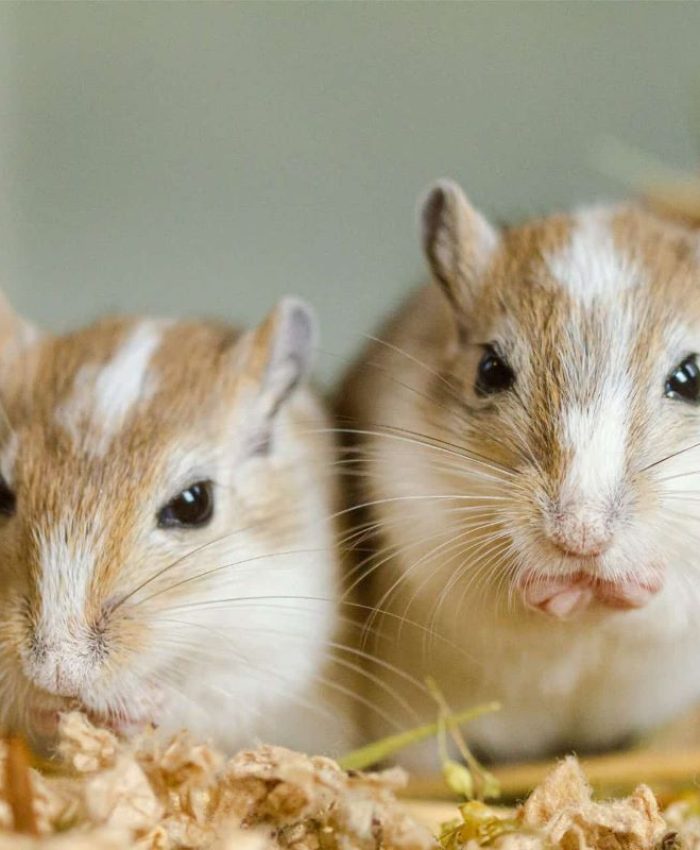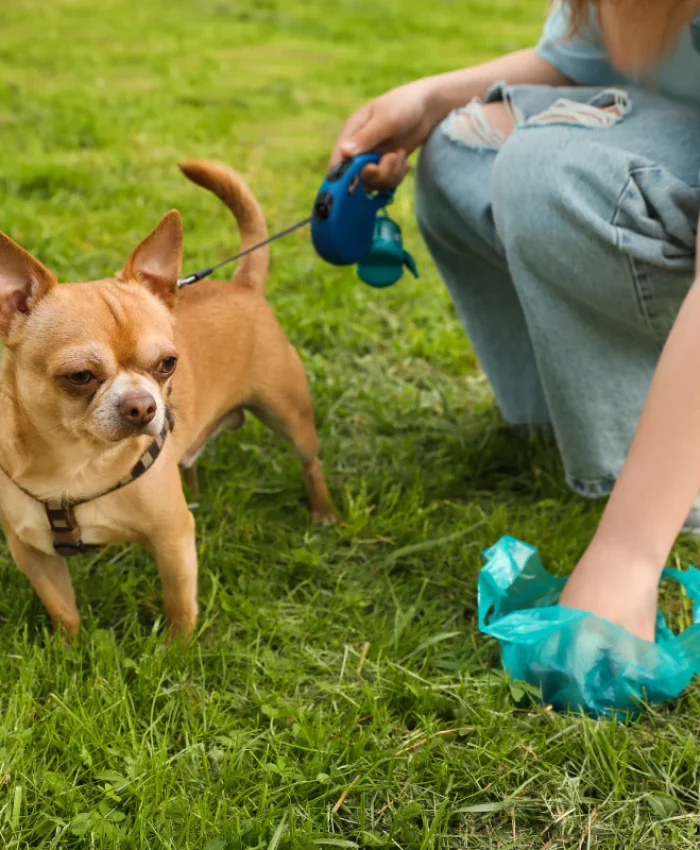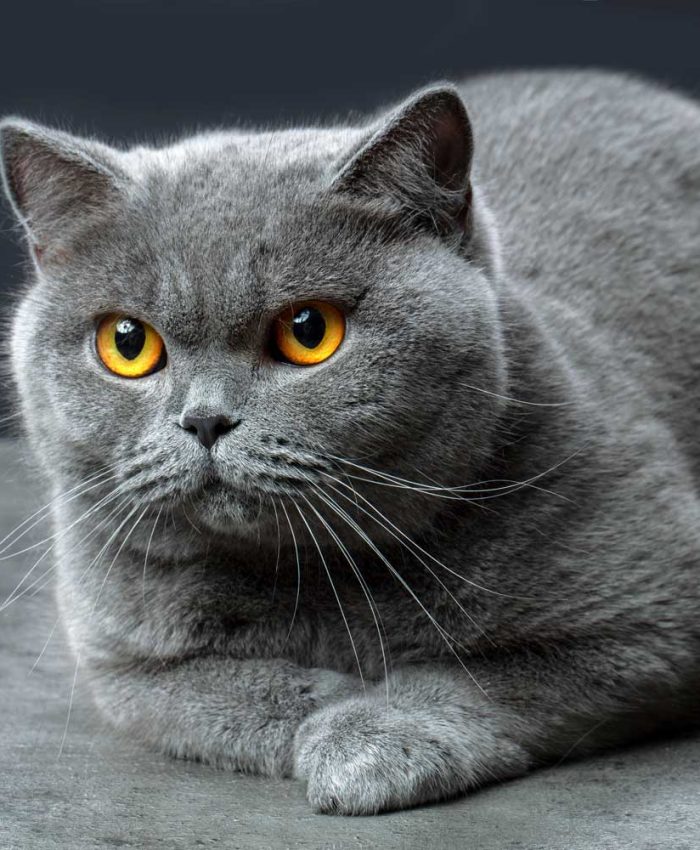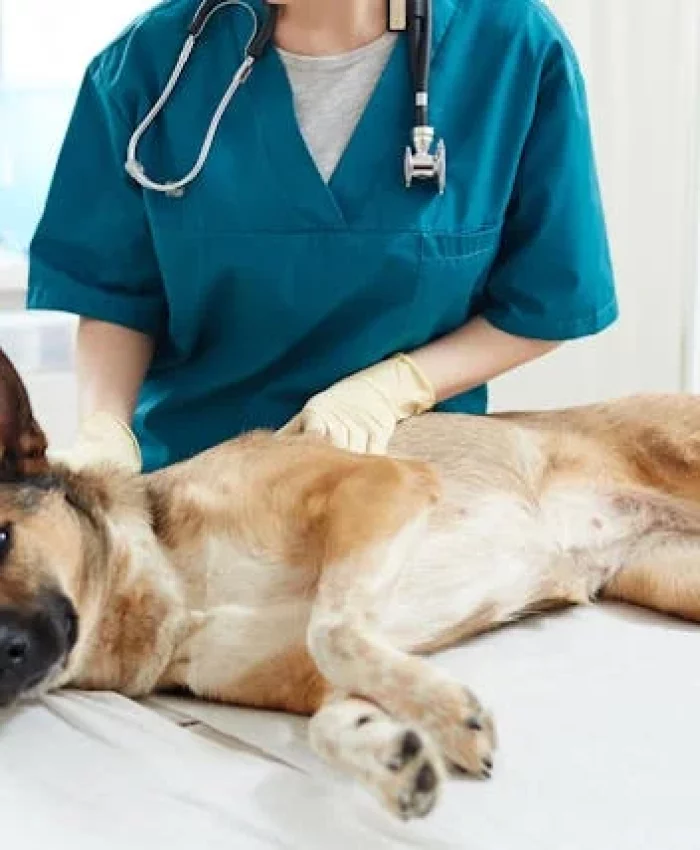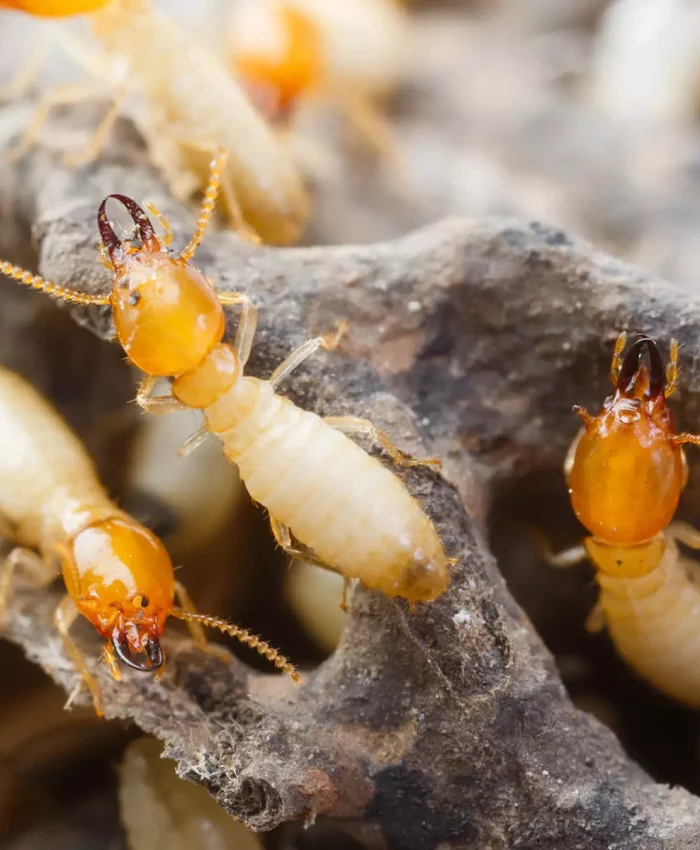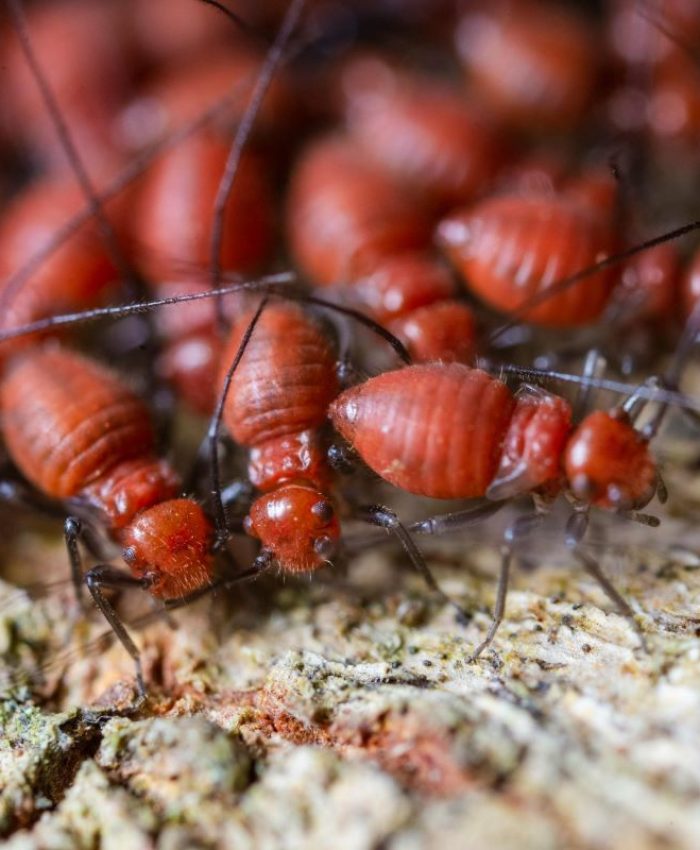Smart Solutions for Pet Care
Expert advice and practical tips for pet owners worldwide—because your furry friends deserve the very best. At Pets Priority, we provide trusted, easy-to-follow guidance on pet care, nutrition, behavior, and more—helping you make smarter choices every day. Whether you’re a first-time pet parent or a seasoned animal lover, our mission is to support you in raising happy, healthy, and well-loved companions through every stage of their lives.
Explore Our Offerings for Pet Owners
Discover comprehensive resources designed to enhance the health and happiness of your beloved pets.
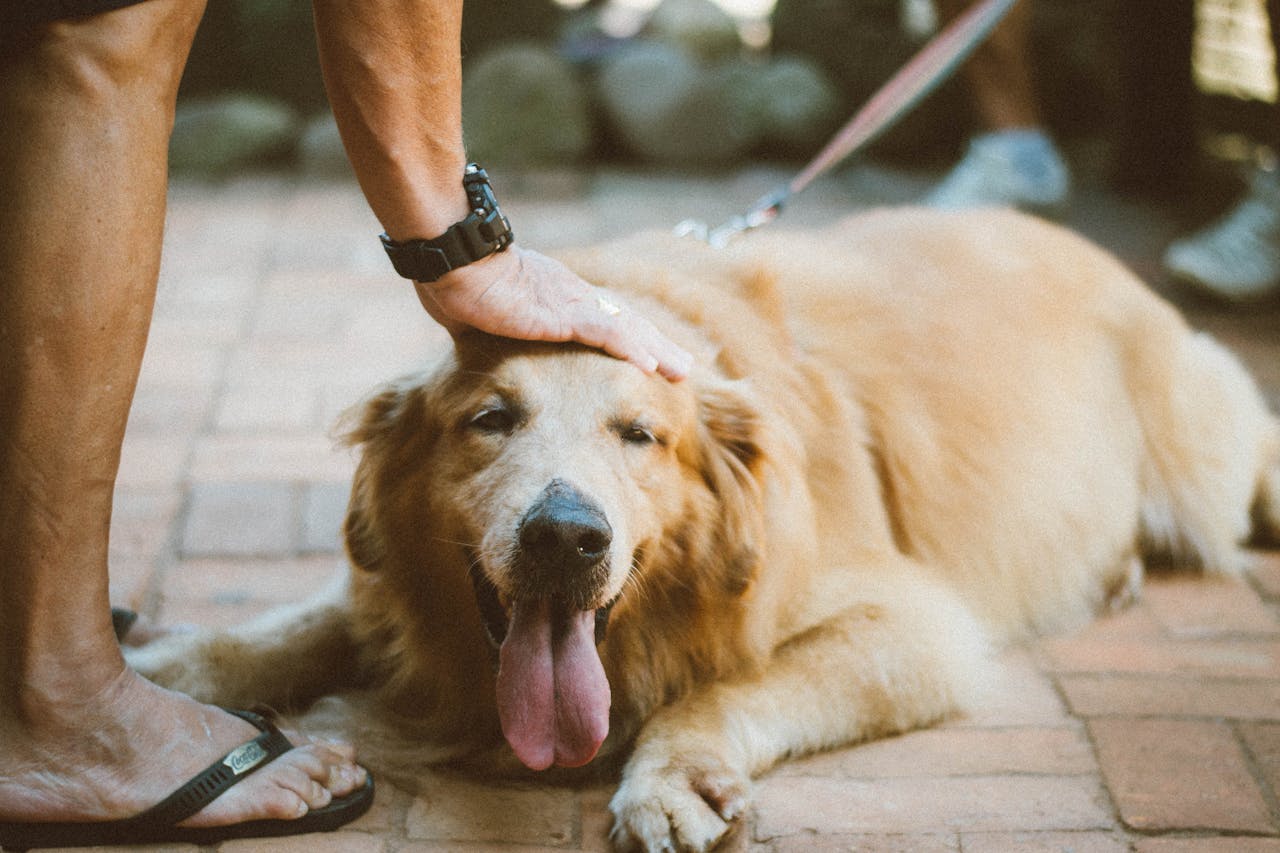
Pet Care
Discover comprehensive guides on pet care that cover everything from health precautions to grooming routines, ensuring your pets are always the best cared for. These expert-backed articles offer valuable insights on nutrition, behavior, wellness, and seasonal care tips—perfect for both new and experienced pet owners. Whether you're looking to create the ideal diet plan, understand behavioral issues, or keep your pet comfortable year-round, our resources are designed to help you every step of the way.

Nutrition Advice
Find expert-backed nutrition guides to help you select the best food for your pets, promoting their overall health and well-being. Our carefully researched content covers everything from ingredient analysis and dietary needs by breed or age, to feeding schedules and portion control. Whether your pet requires special dietary care or you're simply aiming for a balanced, wholesome diet, our guides are here to support smarter, healthier choices for every pet owner.

Behavioral Insights
Access practical tips and strategies on animal behavior to help you better understand and train your pets, fostering a harmonious relationship. From decoding common behaviors and body language to implementing positive reinforcement techniques, our expert insights make training easier and more effective. Whether you're addressing obedience, anxiety, or socialization challenges, our behavior guides are designed to build trust, strengthen your bond, and create a happier home for both you and your pet.

The Passion Behind Pets Priority
At Pets Priority, we bring together years of collective experience in pet care, nutrition, and animal behavior. Our platform is built on a deep-rooted passion for pets and a genuine commitment to helping pet owners make informed decisions that enhance their animals’ lives. From everyday care tips to advanced behavioral insights, our content is carefully crafted to meet the real needs of pet parents. Our team is made up of dedicated pet enthusiasts, experienced writers, and researchers who share one common goal: to provide trusted, high-quality advice that truly makes a difference. Every article published on our site goes through a process of research, review, and refinement to ensure accuracy, relevance, and usefulness. We aim to deliver more than just information—we provide guidance that pet owners can rely on. We also stay committed to staying ahead in the fast-evolving pet industry. By continuously monitoring the latest trends, scientific studies, and innovations in pet care, we ensure our content reflects the most current and practical solutions. Whether you're exploring nutrition plans, training techniques, or general wellness advice, Pets Priority remains your go-to resource for smart, up-to-date pet care.
Why Choose Pets Priority for Your Pet Care Needs?
At Pets Priority, we combine expert knowledge with practical advice to support pet owners in making informed decisions for their pets' well-being. Our goal is to simplify the complexities of pet care by offering clear, actionable guidance rooted in research and real-world experience. Whether you're choosing the right food, addressing behavior concerns, or learning how to care for a new pet, our resources are designed to empower you with confidence and clarity every step of the way.
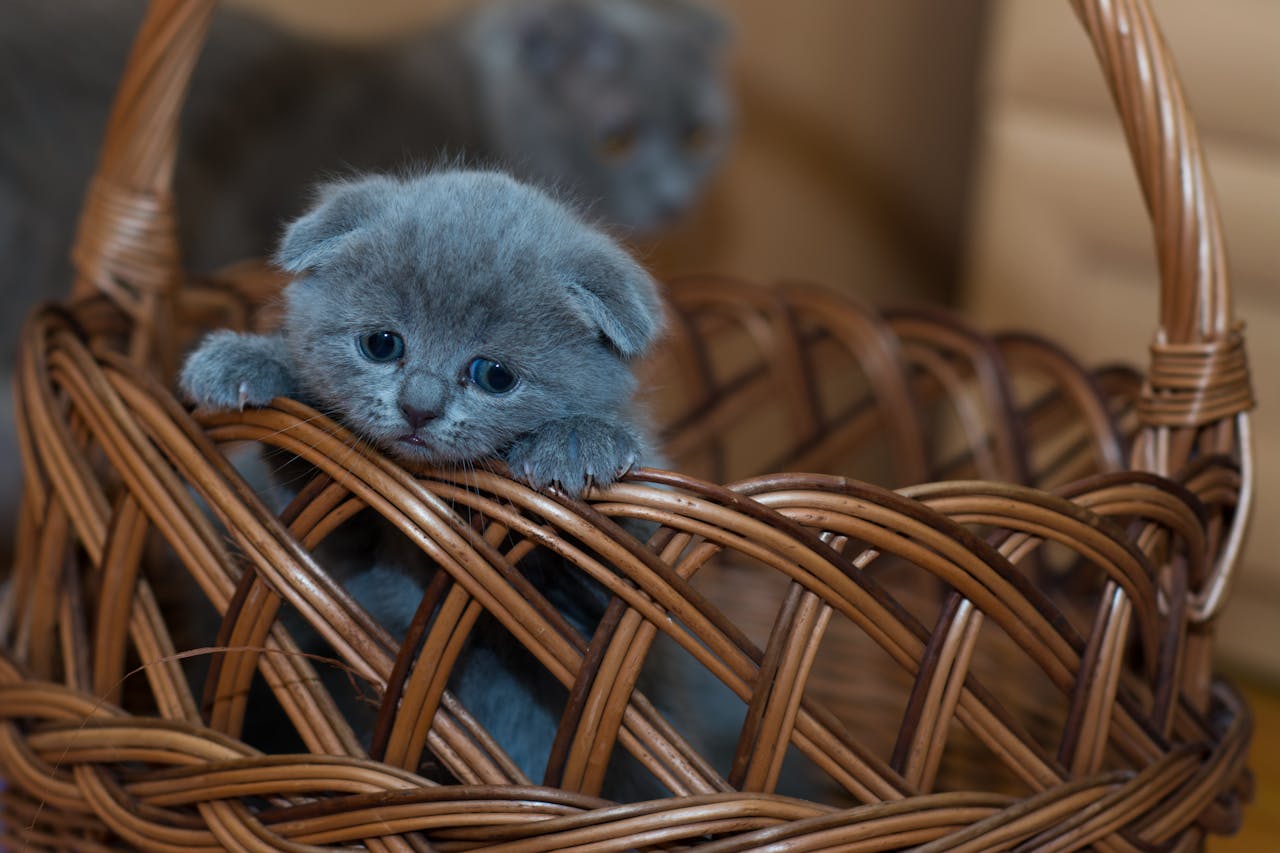
Expert-Backed Information
Our articles are crafted by a dedicated team of pet enthusiasts, writers, and subject matter experts who share a genuine love for animals. Each member of our team brings unique insights and experiences to the table, ensuring that the content we publish is not only informative but also relatable and grounded in real-life pet care. We understand that every pet owner’s journey is different, which is why we focus on delivering practical advice that’s tailored to a wide range of needs. Whether you're a first-time pet parent or an experienced caregiver, our guides are designed to meet you where you are—offering step-by-step help, honest recommendations, and easy-to-understand explanations across a variety of topics. Reliability is at the heart of everything we create. From food and nutrition insights to behavioral training and grooming tips, we prioritize accuracy, relevance, and usefulness in every article. Our goal is to equip pet owners with the knowledge and confidence they need to give their furry, feathered, or scaled companions the best care possible.
Community Engagement
Join a growing community of passionate pet lovers who come together to share valuable tips, personal experiences, and heartfelt support. At Pets Priority, we believe that responsible pet ownership is not just about care—it's about connection, learning, and mutual encouragement among those who truly understand the joy and responsibility of having a pet. Our platform welcomes pet owners from all walks of life—whether you're raising a playful puppy, caring for a senior cat, or exploring life with exotic pets. Through shared stories, practical insights, and open conversations, our community empowers individuals to become more confident, compassionate, and informed in their pet care journey. Together, we’re fostering a global movement of responsible pet ownership—one built on empathy, education, and everyday experiences. As our community grows, so does our collective knowledge and impact, creating a safe, welcoming space for everyone who wants to give their pets the happiest, healthiest life possible.

Effective Mouse Control in Sydney
Dealing with a mouse infestation in your home or business can be both stressful and unhygienic. Mice are known to spread diseases, contaminate food sources, and cause damage to property through constant gnawing and nesting. If you’ve noticed droppings, scratching noises in the walls, or chewed wiring, it’s time to take immediate action before the problem worsens. Effective mouse control requires not just traps or baits, but a thorough understanding of rodent behavior, entry points, and long-term prevention strategies.
For reliable and professional solutions, many Sydney residents turn to trusted experts in mouse control Sydney. With tailored treatment plans and safe, eco-friendly methods, these services can help eliminate existing infestations and protect your property from future rodent activity. Whether you’re in a residential neighborhood or managing a commercial space, hiring experienced pest control specialists ensures your environment remains clean, safe, and mouse-free.
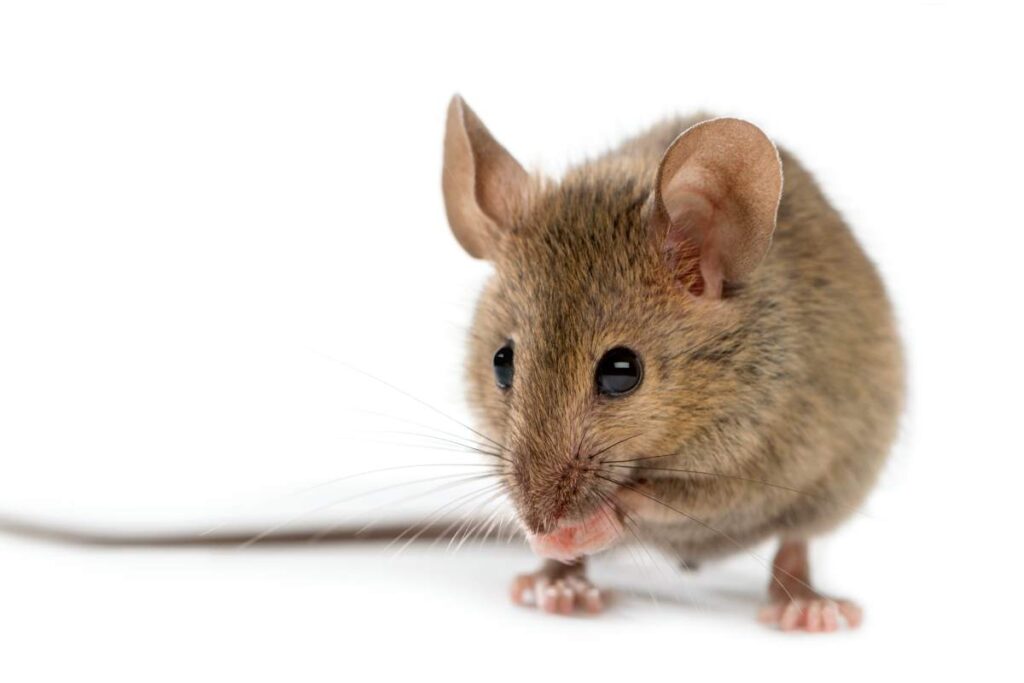
What People Say About Us

- All Projects
- Aspiration Pheumonia in Dogs
- British Shorthair Cat
- Dog’s Poop
- General
- Safe Food for Gerbils
- Termite Control Sydney
Join Our Pet Community
Join us today to receive the latest tips, advice, and expert insights that will enhance your pet's life and deepen your understanding as a responsible pet owner. Our carefully curated updates cover everything from nutrition and grooming to behavior and training—delivered straight to your inbox.

